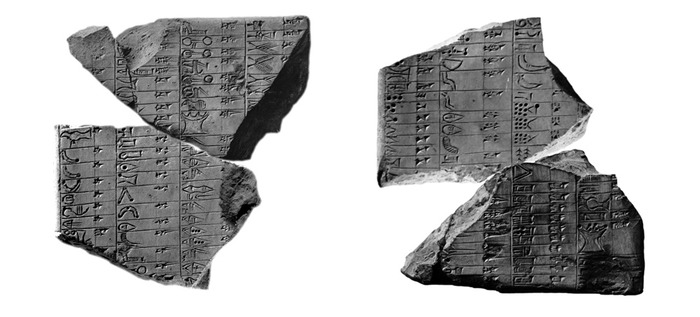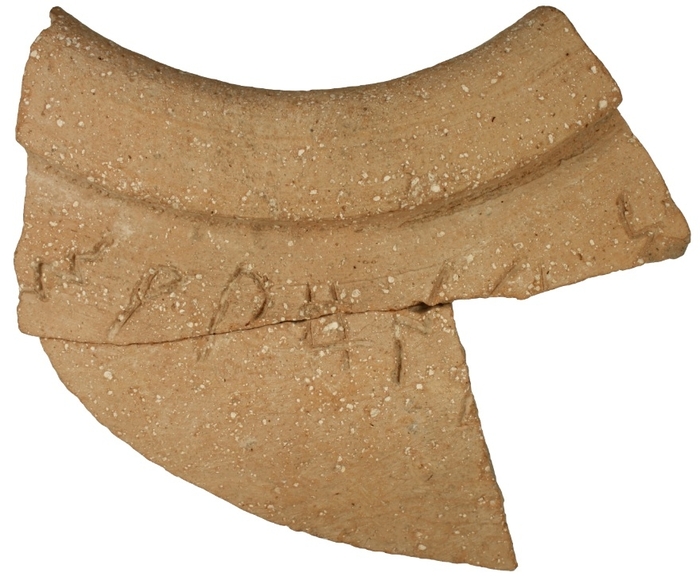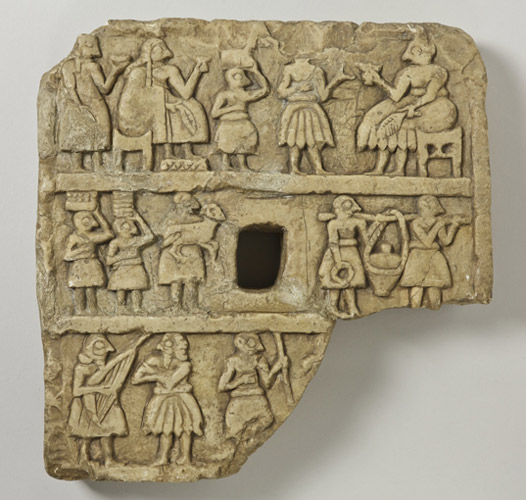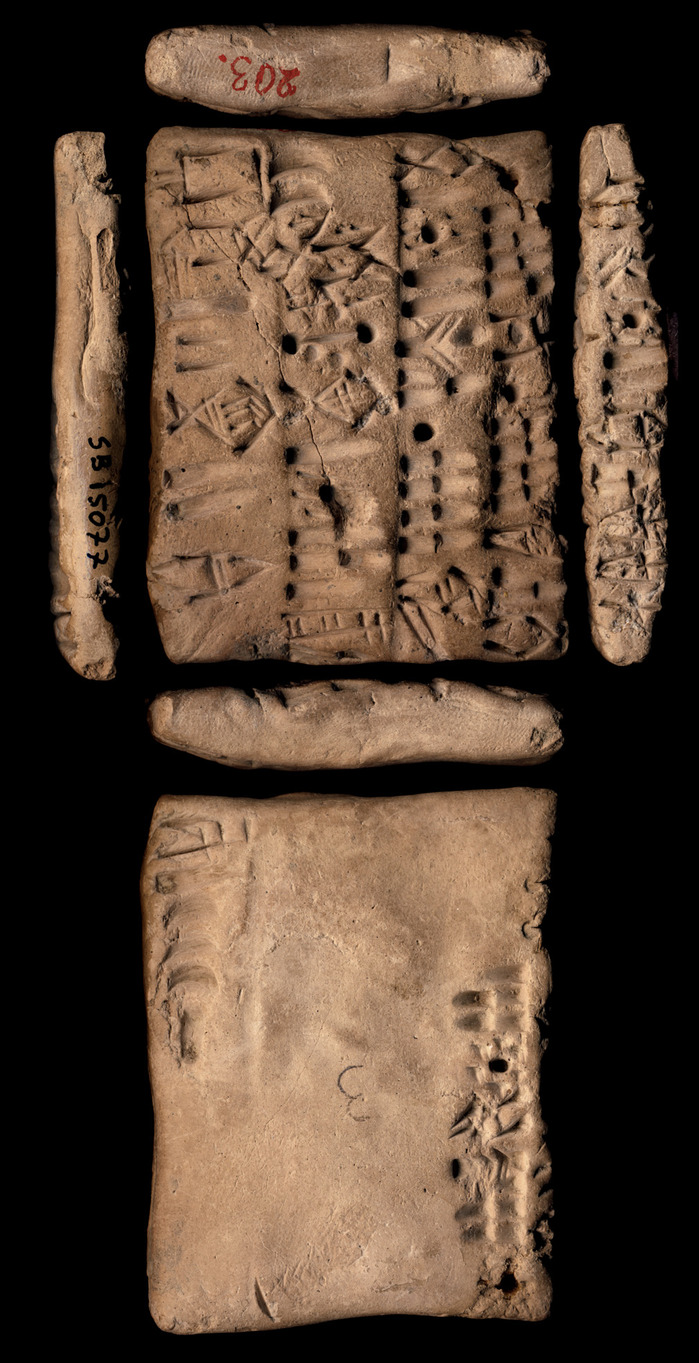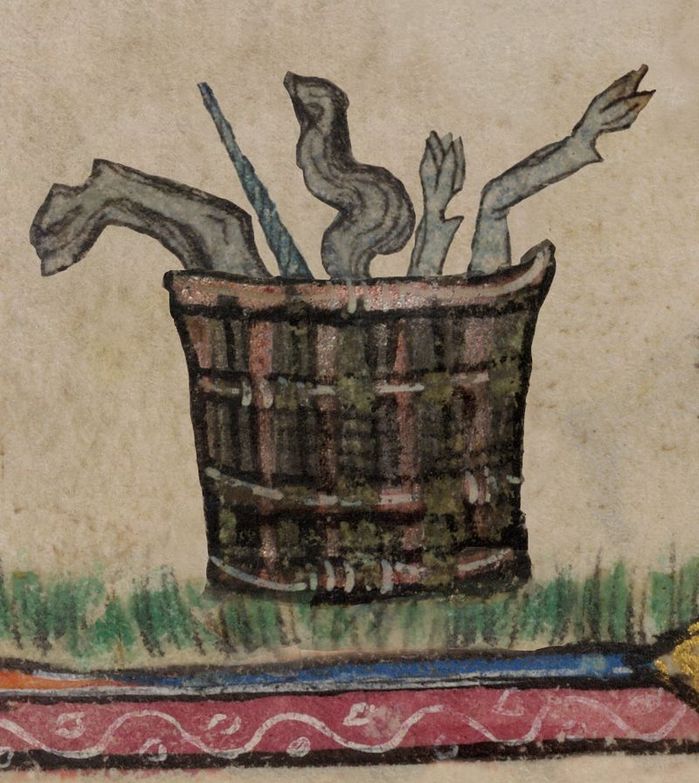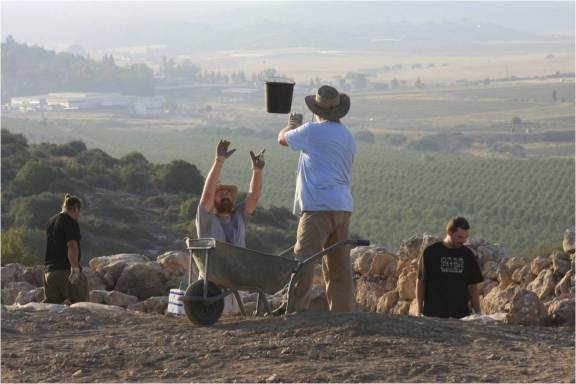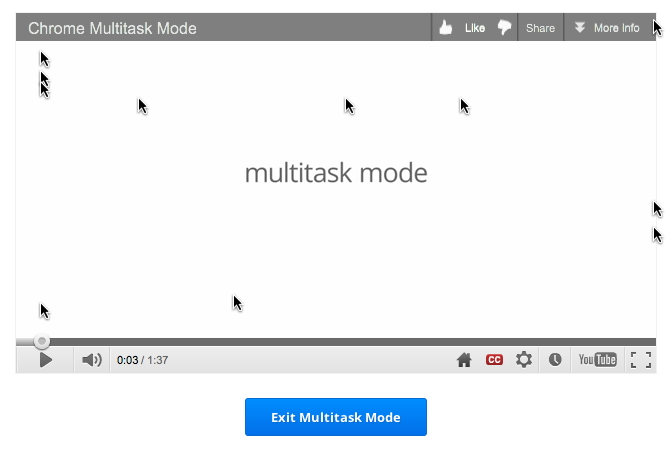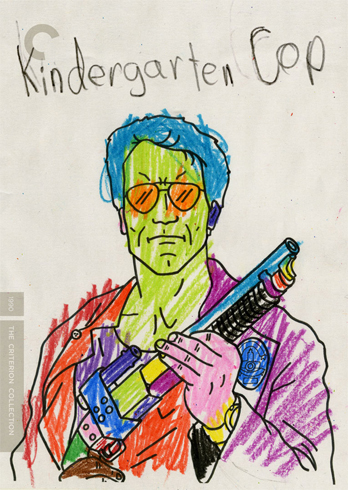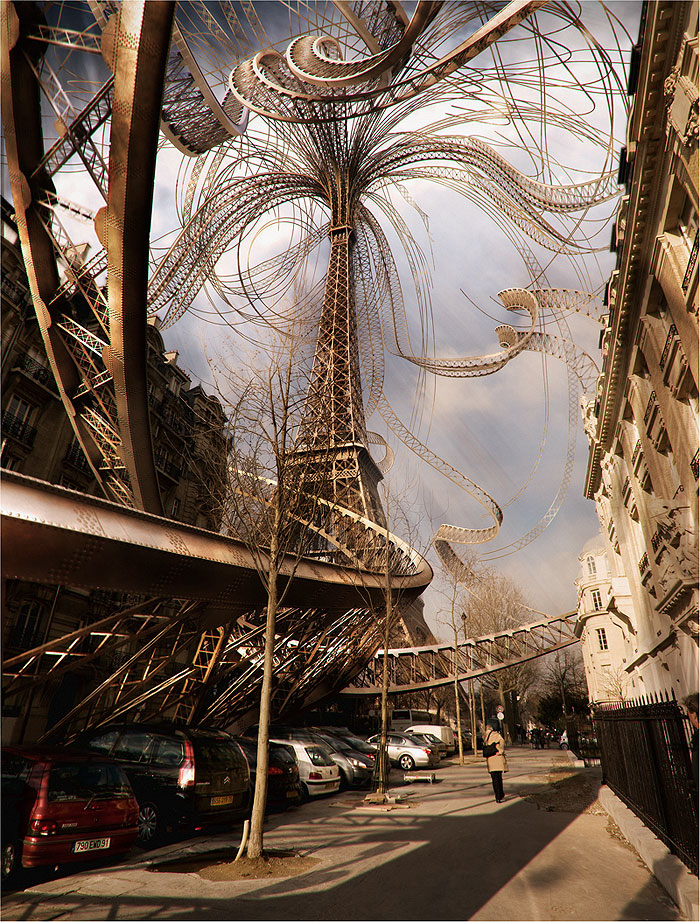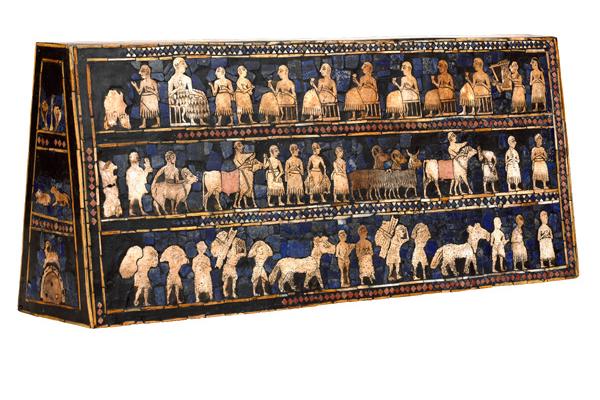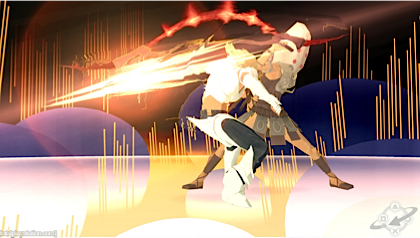Gazing on the Deep: Ancient Near Eastern and Other Studies in Honor of Tzvi Abusch. Jeffrey Stackert, Barbara Nevling Porter and David Wright, Ed. Bethesda, Md: CDL Press. 2010.
First a bit of background, Prof. Abusch was a professor at Brandeis while I was there and I technically took 2 semesters of Akkadian with him, though they were primarily taught by his grad student Kathryn Kravitz.
This Festscrift is a massive tome in honor of the 70th birthday of Tzvi Abusch, and as appropriate to such a volume it covers a wide range of topics within the span of Prof. Abusch's field, the history of the Ancient Near East. In this case that has somewhat expanded to include 2500 years of Mesopotamian history and literature, linguistic and religious topics in the Old Testament, topics in post-biblical Jewish history and an article on an Indian Myth. To actually finish the 670 page volume you'd need to have the ability to read German, Latin, Akkadian and Hebrew, as well as a knowledge of related fields.
That said, the articles I was able to understand are a fascinating collection of pieces of scholarship. Some focus on Tzvi's main field of research, demons and whitchcraft, while others hew to the specialities of the author, eg. Prof. Ravid's article on the Jews of Venice. The most interesting ones, from my perspective are the weird little ones that seem to be "something interesting, but not enough to publish in an academic journal". An example of the last category was one of my favorite bits, an analysis of the bitemarks that are sometimes seen in clay practice tablets to establish the age of the student scribes(Guinan, Ann and Erle Leichty. "Tasteless Tablets" pp. 49-51).
Several of the articles fall prey to the academic foul of "more footnotes then text" on the page, but that is luckily rare in the volume.
All told, it is an excellent read for those interested in the fields covered, and gives a much deserved nod to the life, work, and academic influence of the honoree.
A

